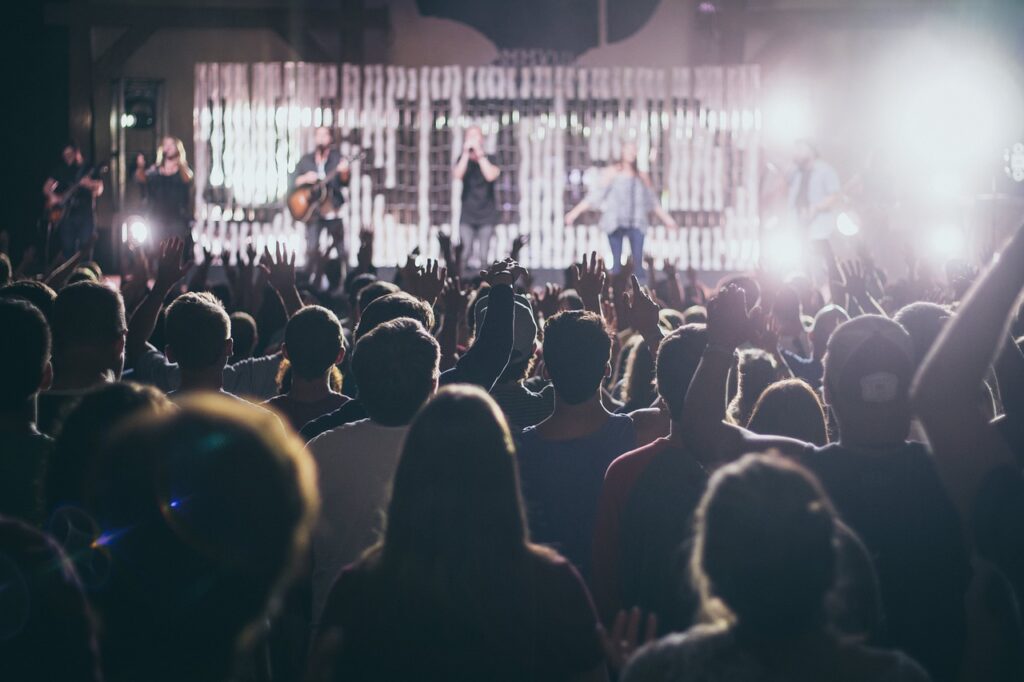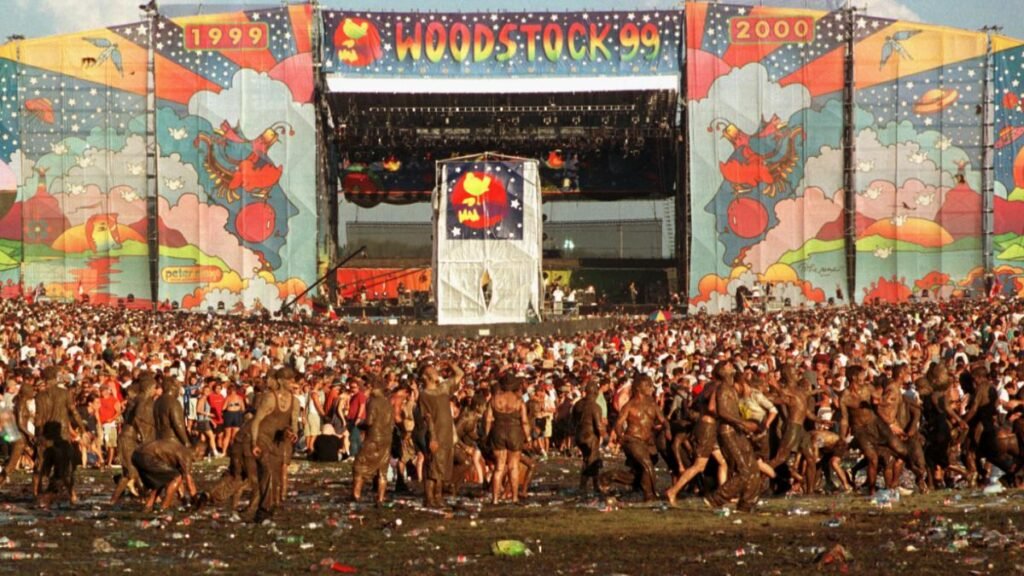Dance clubs have long been a staple of nightlife culture, providing spaces for people to come together, move to the beat, and express themselves through dance. From the underground speakeasies of the Roaring Twenties to the pulsating mega-clubs of today, dance clubs have played a central role in shaping music, fashion, and social dynamics throughout history. Let’s take a journey through time and explore the fascinating evolution of dance clubs.
1. The Roaring Twenties:
The origins of dance clubs can be traced back to the Prohibition era of the 1920s, when speakeasies and jazz clubs flourished in cities like New York, Chicago, and New Orleans. These illicit establishments, often hidden behind unmarked doors and secret entrances, provided refuge for patrons seeking to escape the constraints of Prohibition and indulge in the pleasures of music, dance, and libations. The vibrant jazz music of the era, characterized by its syncopated rhythms and improvisational style, served as the soundtrack for these underground gatherings, inspiring dancers to let loose and express themselves on the dance floor.
2. The Swing Era:
The swing era of the 1930s and 1940s saw the rise of ballrooms and dance halls as popular destinations for socializing and dancing. Big bands led by musicians like Duke Ellington, Count Basie, and Benny Goodman dominated the music scene, performing energetic swing music that had crowds swinging and swaying to the rhythm. Ballrooms like the Savoy in Harlem and the Palladium in Los Angeles became legendary venues where dancers showcased their skills and socialized with peers from diverse backgrounds. Swing dancing, with its dynamic moves and intricate footwork, became a cultural phenomenon, epitomizing the spirit of youth, vitality, and freedom of the era.
3. The Birth of Disco:
The 1970s witnessed the emergence of disco as a dominant force in popular music and nightlife culture. Inspired by the funk, soul, and R&B sounds of the previous decade, disco music was characterized by its pulsating rhythms, infectious melodies, and glamorous aesthetic. Iconic clubs like Studio 54 in New York City and Paradise Garage in San Francisco became epicenters of the disco scene, attracting celebrities, artists, and socialites who flocked to dance floors adorned with glittering lights and mirrored balls. Disco dancing, with its flashy moves and extravagant costumes, provided an escape from the social and economic turmoil of the era, offering revelers a chance to dance their troubles away and embrace the hedonistic spirit of the times.
4. The Rise of Electronic Dance Music (EDM):
The late 20th century saw the emergence of electronic dance music (EDM) as a dominant force in dance club culture. Influenced by genres like house, techno, and trance, EDM embraced electronic synthesizers, drum machines, and computer software to create hypnotic beats and futuristic sounds that pushed the boundaries of traditional music. Clubs like The Warehouse in Chicago, Paradise Garage in New York City, and The Hacienda in Manchester became legendary venues where DJs experimented with new sounds and techniques, creating immersive sonic landscapes that transported dancers to otherworldly realms.
5. The Modern Era:
Today, dance clubs continue to evolve and adapt to changing tastes and trends, embracing a wide range of musical styles and subcultures. From intimate underground venues to sprawling mega-clubs, dance clubs offer spaces for people of all ages and backgrounds to come together, connect with others, and lose themselves in the music. The advent of digital technology and social media has transformed the way we experience nightlife, with clubs using immersive visuals, interactive installations, and live-streaming platforms to create multi-sensory experiences that blur the lines between reality and fantasy.
In conclusion, dance clubs have been at the forefront of cultural innovation and social change throughout history, providing spaces for people to come together, express themselves, and celebrate the universal language of music and dance. As we look to the future, dance clubs will continue to serve as vibrant hubs of creativity, diversity, and self-expression, shaping the nightlife landscape and inspiring generations to come.



